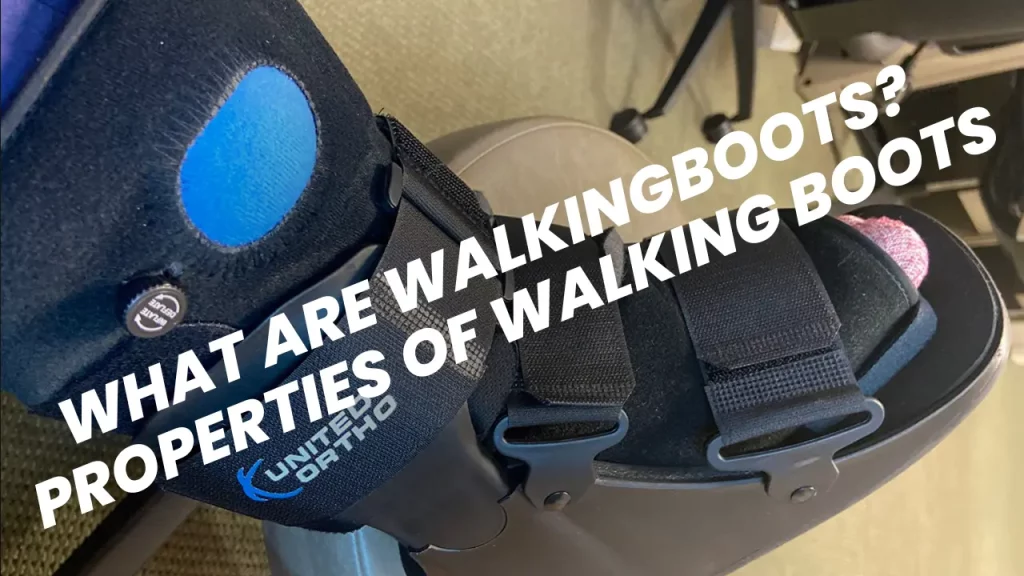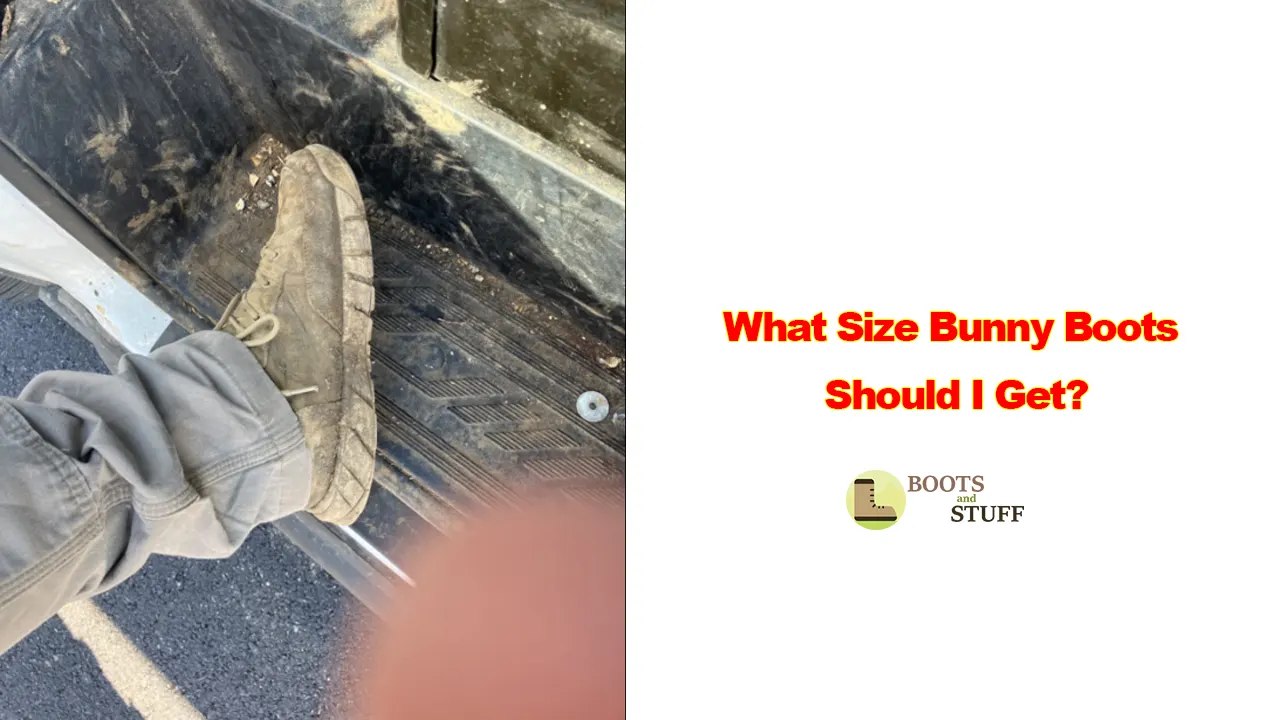This post may contain affiliate links. When you purchase through our links, we may earn a small commission at no extra cost to you.
Yes! You can wear your walking boots on either foot, but keep in mind the fitting, all the safety requirements, and the doctor’s guidance.
Walking boots are mainly orthopedic devices designed to protect your legs. Typically, in case of any severe injuries on ankles, feet, fractures, and Achilles tendonitis it can give a certain level of safety and protection.
But the question arises: are walking boots for either foot?
Yes! While you are suffering from any leg injuries you must know all the safety rules regarding walking boots. Today, first of all, we will clarify whether it is recommended for either foot. Apart from this, we will also illustrate a crystal clear idea about its size, and other safety issues.
Before finding these issues, we need to know a bit more about what is walking boot is, especially its properties. So let’s pick some more information about its properties and the purpose.
Let’s get started!
Contents
What are the Properties of Walking Boots?

Walking boots come in different sizes and shapes, and they are typically made of a hard plastic shell with adjustable straps that hold the foot and ankle in place. They are designed to provide support and protection to the injured area, while also allowing the patient to walk with minimal discomfort.
Yes, we already get the idea that walking boots are designed to give your injured foot a certain level of protection and safety from further injuries. Also, it plays a massive role in getting a speedy recovery and back to normal life.
Even it can minimize the discomfort level of the users. Now, let’s take a glance at its structure.
Usually, walking boots come in various sizes, shapes, and designs. But the common thing is that it is mainly made with an ultra-durable hard but flexible plastic shell. Also, the manufacturers include a couple of adjustable straps to hold your ankle and the entire foot in place.
Can I Use Walking Boots on Either Foot?
The most satisfactory part of walking boots is it is designed to be ambidextrous! That means yes, you can use this on either foot. But the most important thing you must keep in mind is that you have to ensure the proper fitting. Also, give priority to comfort issues.
And, another important thing is whatever your injury type wear the walking boot only after the doctor’s recommendation. After that, you can ensure optimal protection and it will help to give you a speedy recovery.
The Recommended Size of Walking Boot
The size mainly varies from person to person, and in this case, the brand and model of the boot is also a vital issue. But the best practice is to pick the customized size. And it is possible if you can make the correct measurement just before purchasing.

To ensure this accurate measurement you can follow the given hacks:
- Take a tape or ruler
- Now, measure the distance (from the heel’s back to the tip area of your toe)
- After that measure the width of your foot
Also, check the sizing chart recommended by the manufacturer and always give a trial just before purchase.
Potential Safety Concerns Regarding Walking Boots
Its main function is to protect your foot and accelerate the healing process after any surgery. But always keep in mind you should take it after the orthopedic specialist or doctor’s recommendation.
And it will be only helpful when picking the perfect size and maintaining the following safety requirements.
While wearing a pair of walking boots is better to avoid any uneven and slippery surfaces. Because there is a massive chance of fall or slippage that can make your condition more critical. Also, avoid wet and slippery surfaces, and overall try not to walk much before the complete recovery.
The potential safety issue with walking boots is that they can cause skin irritation, pressure sores, and blisters if they do not fit properly or if they are worn for extended periods. It is important to wear a clean sock, elevate the foot when resting, and take the walking boot off periodically to allow the skin to breathe.
Give your skin breath. Yes! Wearing the walking boot for a longer period can cause unbearable skin irritation. Even it can cause soreness and bristle. And it happens much when you are not getting a properly fit pair.
Overall, always follow the doctor’s guidance. In some cases, you may wear walking boots on boot feet. On the other hand, in some cases, you have to wear it only on the injured leg. All of it depends on the injury type and the doctor’s recommendation.
Driving with a Walking Boot

It is the most commonly asked question: Can I drive while wearing walking boots?
No! Driving with walking boots is not recommended anyhow! It can lead to further injuries. Because you cannot ensure proper control and balance while driving. And, the most important thing is that your foot needs a certain time to rest to get recovery.
Even you should not wear a pair of moon boots for driving during your injury period.
Verdict
The perspective of today’s discussion is walking boots for either foot. Yes! You can wear it on either foot but must keep in mind our mentioned safety requirement. Here’s our recommended working boot, if you’re looking for one. Anyway, we deeply wish you a speedy recovery.
And, after your recovery, if you want to go hiking or camping you can read this article about hiking boots.
Foot Complications





